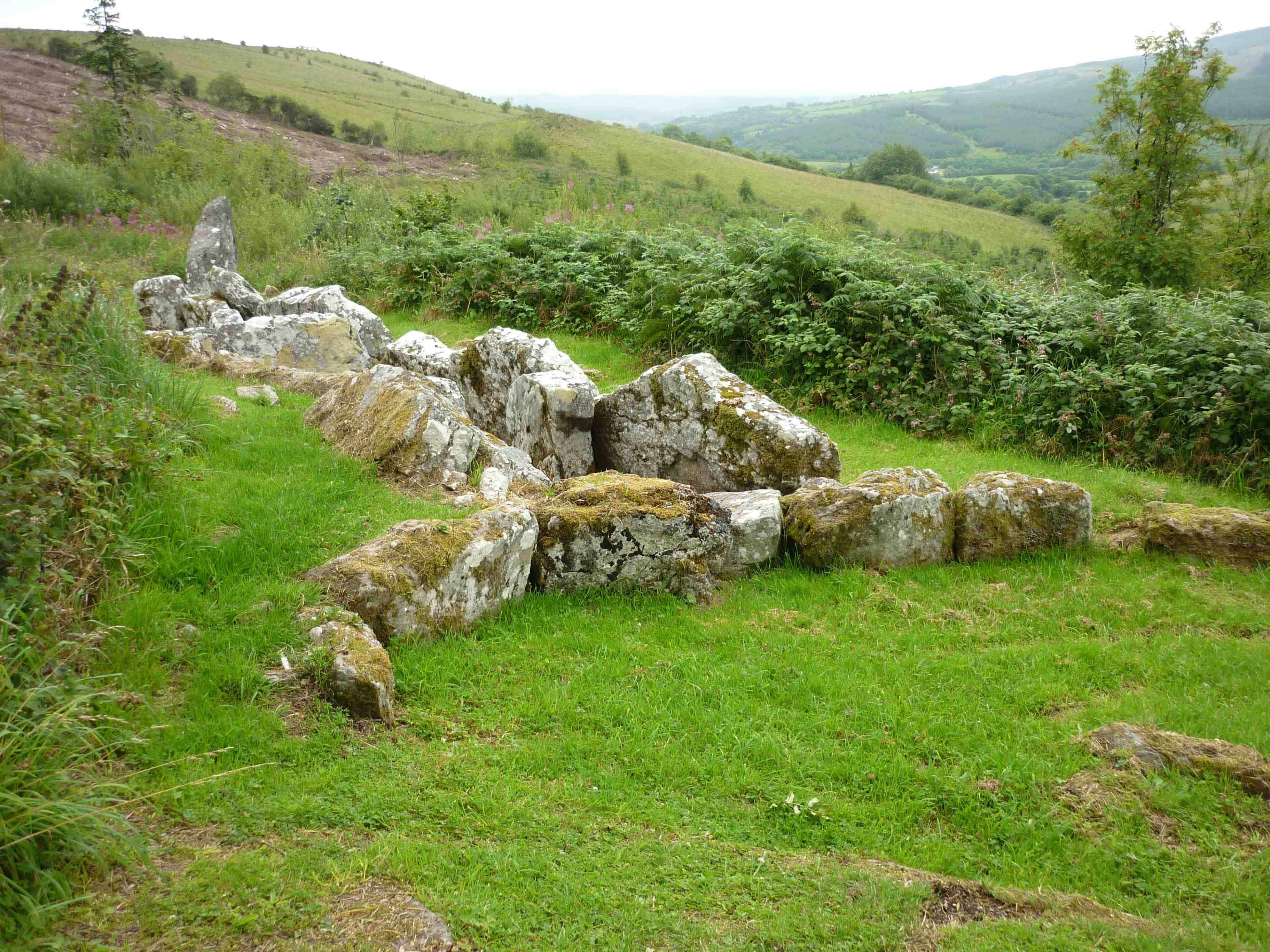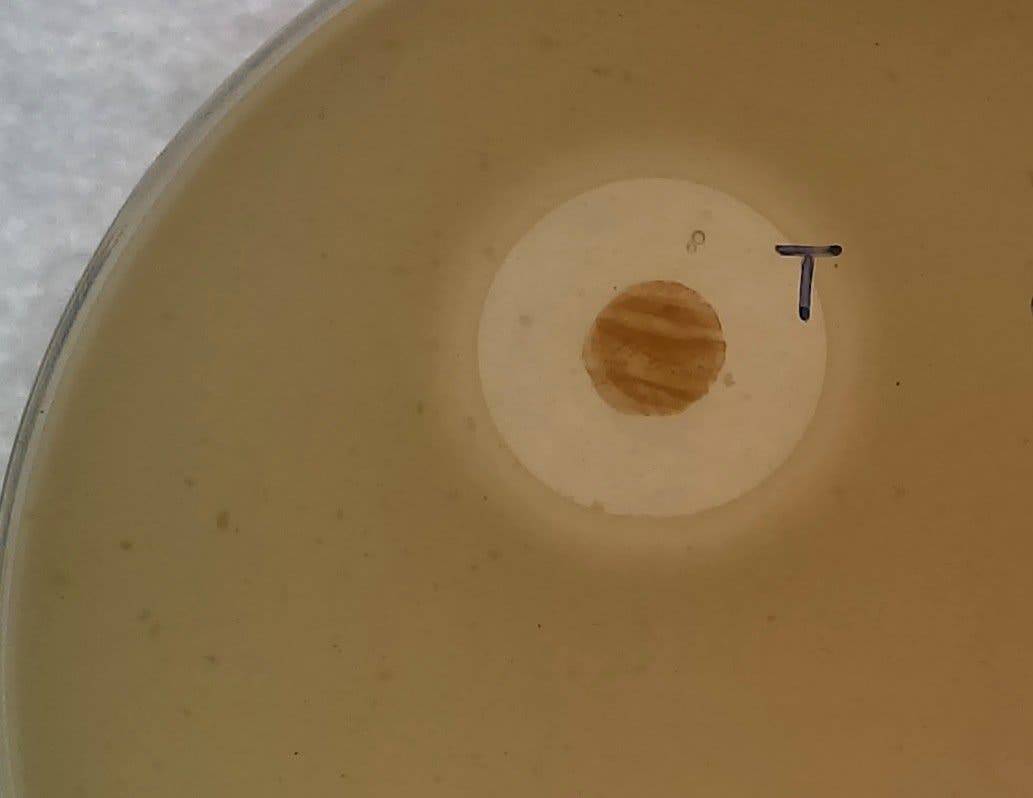Researchers analyzing Northern Ireland soil report finding a previously unknown strain of bacteria that is effective against four of the top six drug-resistant superbugs, including MRSA.

A landscape from Boho, County Fermanagh, Northern Ireland. Image credits: Youngbohemian / Wiki Commons.
Folk remedies are rarely as useful as they’re touted — but in some rare instances, they can be surprisingly effective. This turned out to be the case with the soil found in the area of Boho, County Fermanagh, close to the border between Ireland and Northern Ireland.
The area has been inhabited since at least 4,000 years ago, and most notably, it was also inhabited in medieval times. Around the year 500, it was also inhabited by Druids — high-ranking healers and administrative figures of Celtic populations. There are mentions of the Druids (and some subsequent populations) using local soils to treat many ailments including toothaches, throat and neck infections.
Geologically, the area is very diverse, with habitats ranging from limestone karst to acidic bogs. As a result, the soils also exhibit a rare variability with an interesting chemistry. In this new study, researchers focused especially on an area of alkaline grassland called the Boho Highlands, which was touted as having healing properties.
Dr. Gerry Quinn, member of the research team and a previous resident of Boho, was aware of the legends surrounding the soil, so together with colleagues from Wales, Brazil, Iraq and Northern Ireland, he set out to analyze it and see whether there is some truth to these stories.
Within the soil, they discovered a new species of bacteria, which they call Streptomyces sp. myrophorea, so named because it produces a distinctive fragrance similar to that of oil of wintergreen (myrrh). This bacterium inhibited the growth of four of the top six multi-resistant pathogens, which the World Health Organization has highlighted as being responsible for healthcare-associated infections:
- Vancomycin resistant Enterococcus faecium (VRE);
- methicillin-resistant Staphylococcus aureus (MRSA);
- Klebsiella pneumonia;
- and Carbenepenem-resistant Acinetobacter baumanii.

Zone of inhibition produced by Streptomyces sp myrophorea on a lawn of MRSA. The bacteria is the brown spot, and the lighter color around the spot shows that it is inhibiting the spread of the MRSA which is surrounding it. Credit: G Quinn, Swansea University.
In other words, the bacterium is effective against 4 of the 6 most dangerous drug-resistant pathogens. To make it even more appealing, it also seems to halt both gram positive and gram negative bacteria, which differ in the structure of their cell wall, suggesting it could be a part of robust, broad-spectrum treatments.
However, the effect of this bacteria on the human body is not fully known. It’s also not exactly clear how the bacterium is fighting these drug-resistant pathogens — both matters are currently being investigated by the team.
The genome of the bacterium has also been sequenced. As more and more pathogens are developing drug resistance, finding new antibiotics to deal with them is crucial. Quinn and colleagues suggest that there are chances key elements might lie in some folk remedies, a field called ethnopharmacology. This isn’t to say that we should all trust folk remedies at the expense of established medicine — this is saying that within some natural environments, there may be compounds which could be harvested and used to deal with severe infections or to prevent the spread of pathogens. Professor Paul Dyson of Swansea University Medical School comments:
“This new strain of bacteria is effective against 4 of the top 6 pathogens that are resistant to antibiotics, including MRSA. Our discovery is an important step forward in the fight against antibiotic resistance.”
“Our results show that folklore and traditional medicines are worth investigating in the search for new antibiotics. Scientists, historians and archaeologists can all have something to contribute to this task. It seems that part of the answer to this very modern problem might lie in the wisdom of the past.”
Gerry Quinn also adds:
“The discovery of antimicrobial substances from Streptomyces sp.myrophorea will help in our search for new drugs to treat multi-resistant bacteria, the cause of many dangerous and lethal infections.”
“We will now concentrate on the purification and identification of these antibiotics. We have also discovered additional antibacterial organisms from the same soil cure which may cover a broader spectrum of multi-resistant pathogens.”
Journal Reference: Luciana Terra et al. A Novel Alkaliphilic Streptomyces Inhibits ESKAPE Pathogens, Frontiers in Microbiology (2018). DOI: 10.3389/fmicb.2018.02458.









